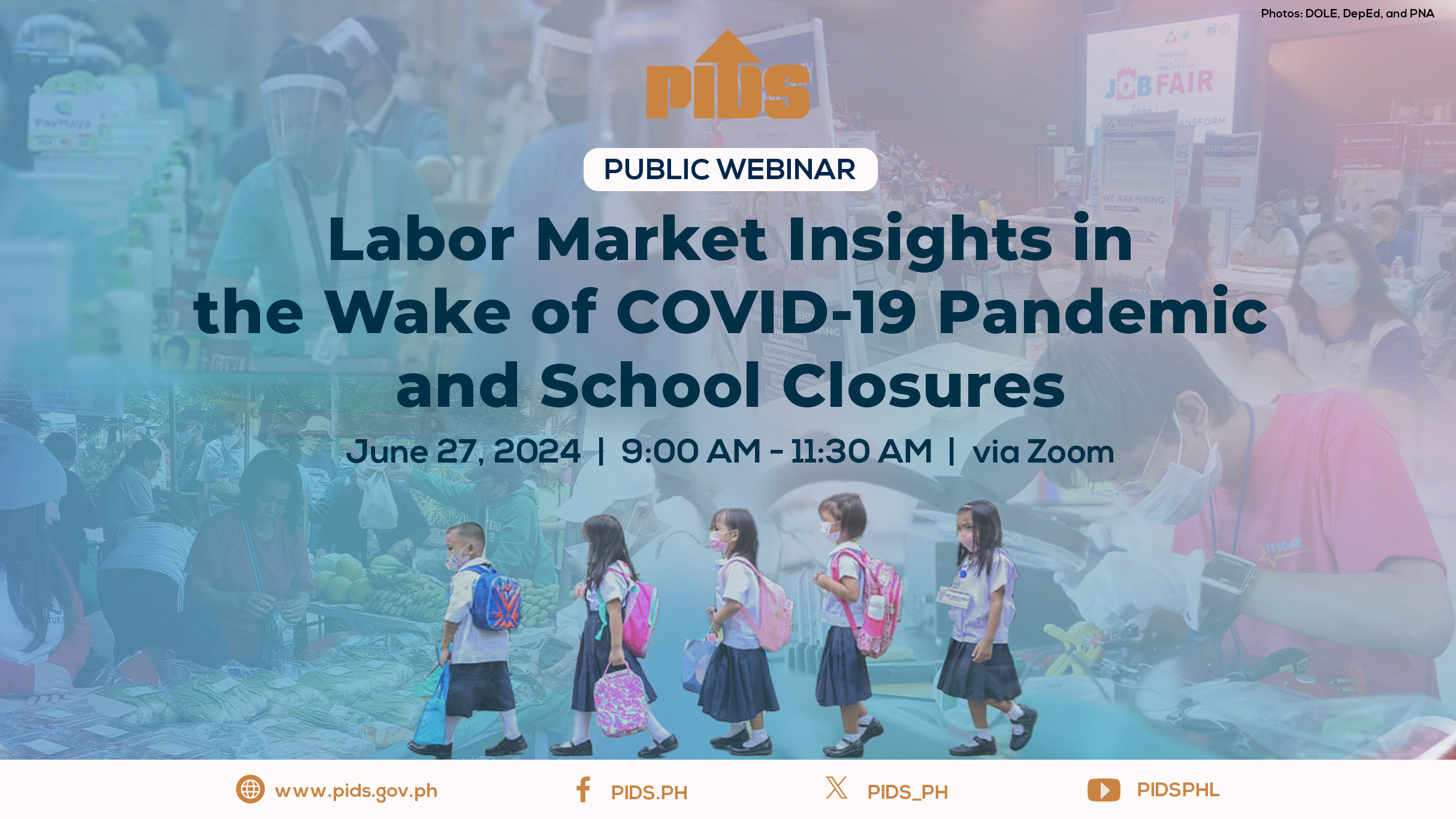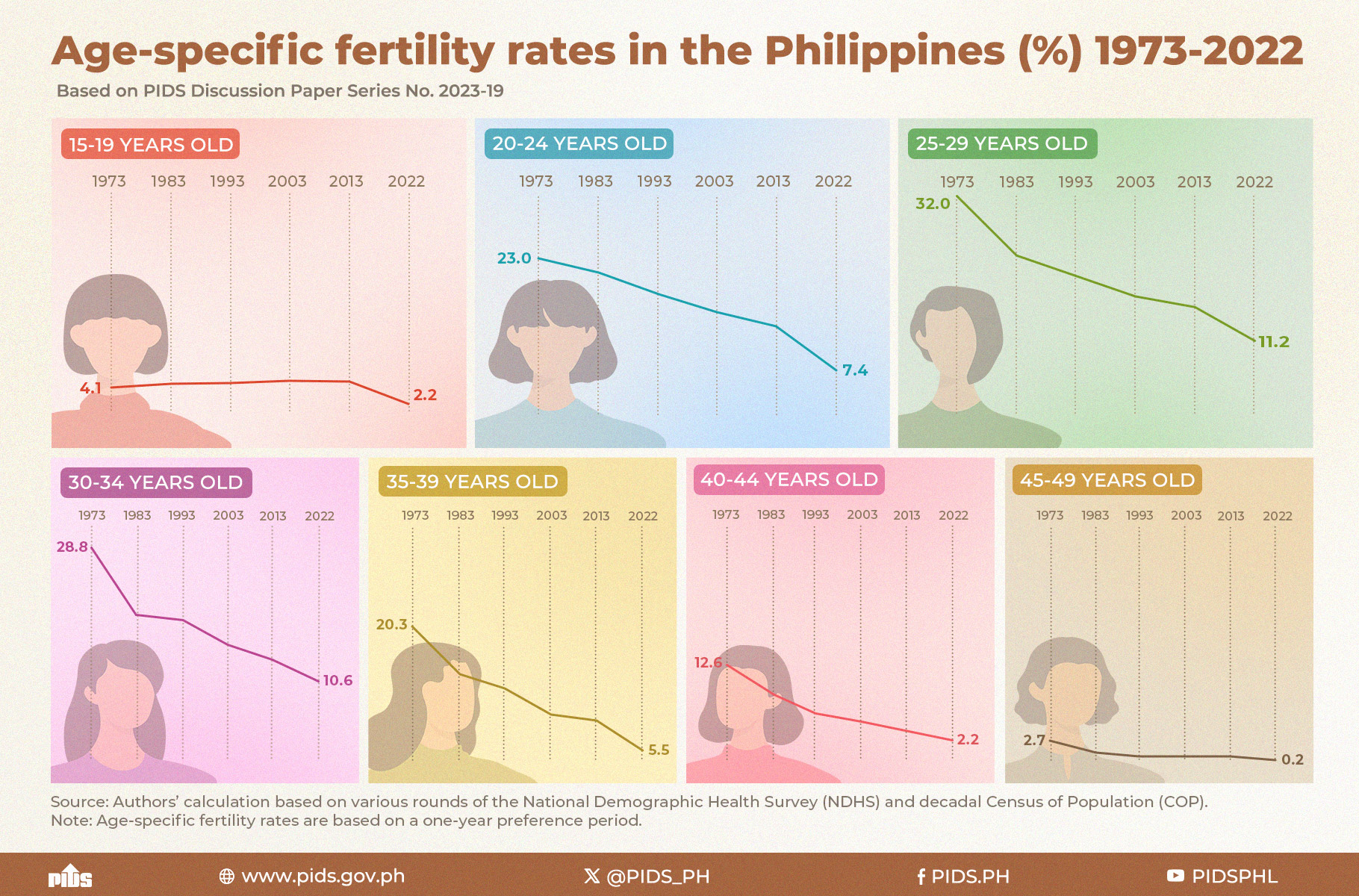MANILA, Philippines — The Philippines needs to ramp up its investments on school infrastructure, as the country continues to lag behind, and the widening gap is impacting learning outcome among students.
In a discussion paper, state-run think tank Philippine Institute for Development Studies (PIDS) said existing problems in the basic education sector is highlighting the need for more investments on school infrastructure, especially amid the pandemic.
PIDS senior research fellow Adoracion Navarro said that a public-private partnership (PPP) could accelerate investments in school infrastructure.
“Both the public and private sectors must assume responsibility in improving the students’ learning environment through better and adequate school infrastructure,” Navarro said.
“A good learning environment is a good investment. It results in better student learning outcomes today and higher productivity of workers in the future. It is an important component of human capital development, which in turn is an important driver of endogenous economic growth,” she said.
Based on the PIDS study, spatial inequality in classroom-student ratio still exists even if progress in decongesting schools has been made.
Additional classrooms are also needed given that school buildings in certain remote areas do not meet quality and safety standards, enrolment is increasing, and existing classrooms deteriorate due to wear and tear and calamities.
On water, sanitation, and hygiene (WASH) facilities, Navarro said gaps are huge and become more visible when benchmarked against other countries.
Pre-pandemic data showed that only 47 percent of Philippine schools had access to basic drinking water service, 39 percent to basic sanitation service, and 54 percent had access to basic hygiene services.
“Programs on WASH facilities need to be scaled up to support disinfection and disease transmission prevention,” Navarro said.
She noted that the private sector can either develop low-cost technologies that can meet the requirements of schools facing cost constraints due to the geography or socioeconomic characteristics of their location or partner with schools in the demonstration of corporate social responsibility practices that integrate WASH projects and programs for the health and wellbeing of the future workforce.
Another infrastructure constraint among Philippine schools is the lack of electricity access. Unfortunately, in the region, the country is among those that have yet to achieve universal access of schools to electricity.
Navarro said this challenge is compounded by the need to upgrade the electricity connections of schools to stabilize electricity current fluctuations and meet digital learning requirements.
Further, information and communication technology (ICT) access is another area where the gaps are huge.
Philippine schools have low computer and low internet access rates unlike many of its neighboring countries. Efforts to increase access rates had also been marred by poor implementation of programs for ICT infrastructure in schools.
As a solution, Navarro said the PPP mode could be considered again in meeting future demand for school infrastructure, but a comprehensive assessment of the needs and options for investment and financing should be available.












